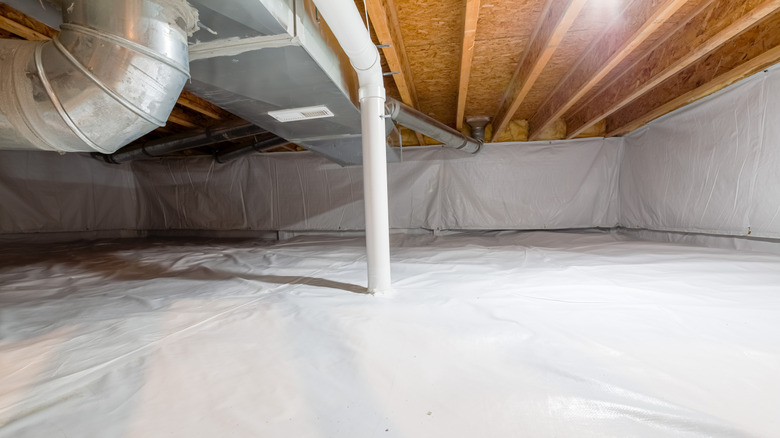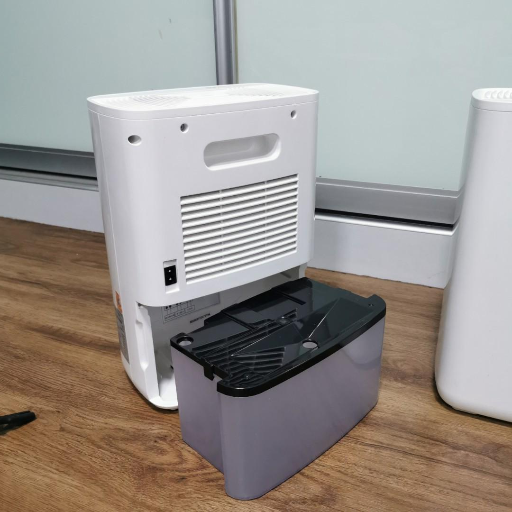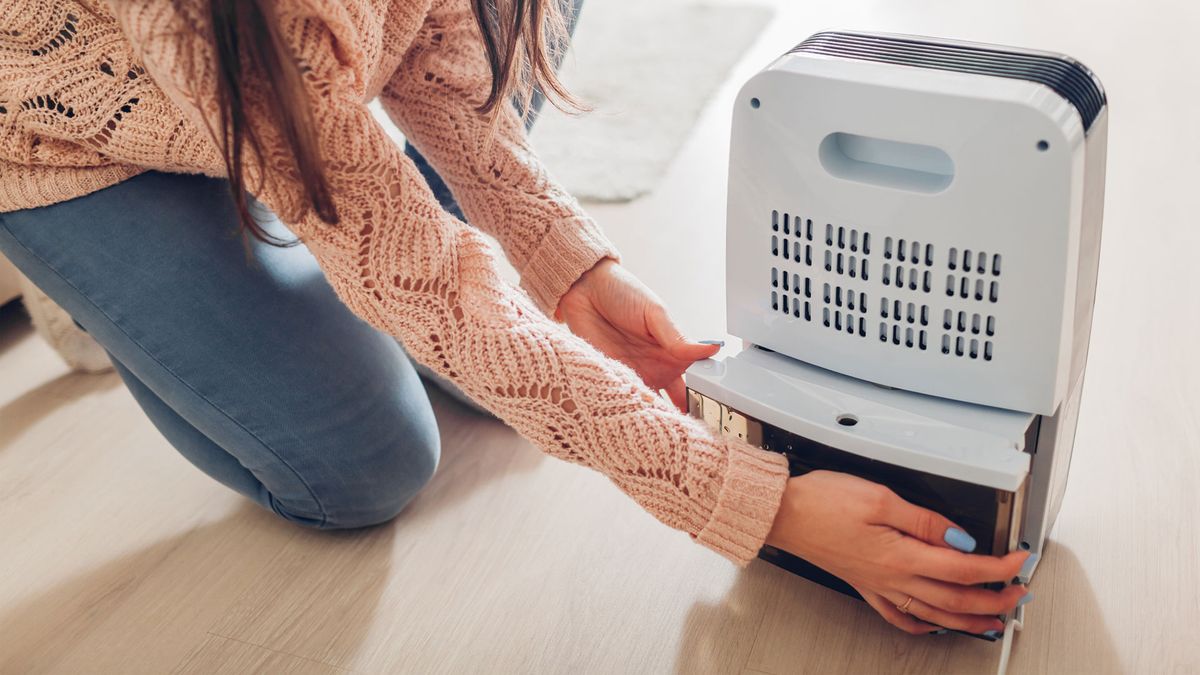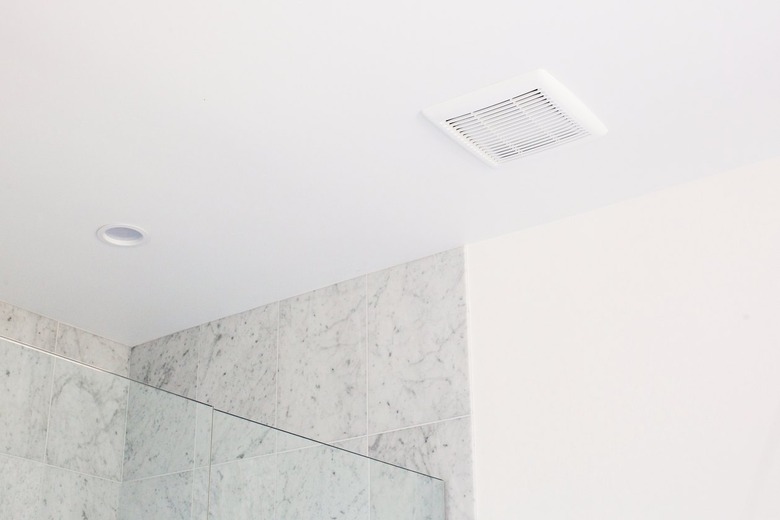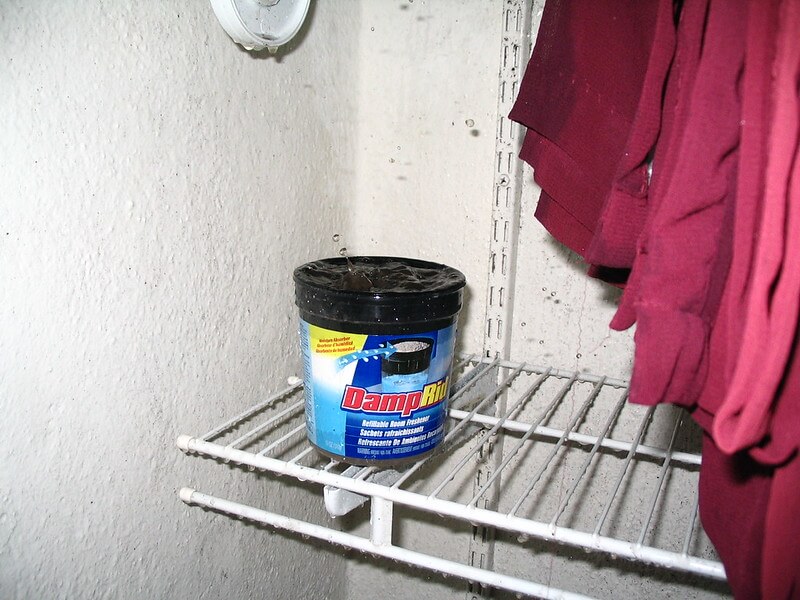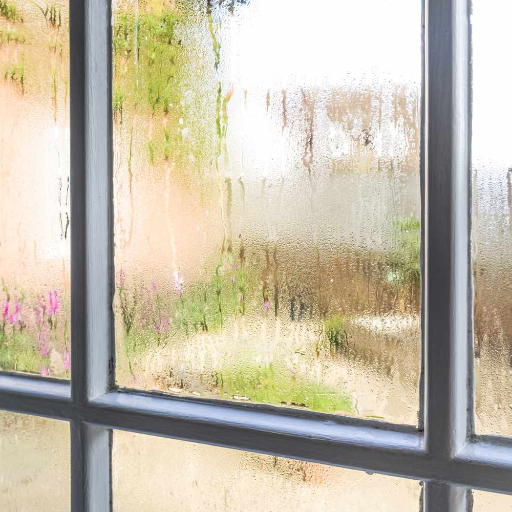How To Dehumidify A Room Without Dehumidifier

Dampness, that unwelcome houseguest, can silently breed mold, attract pests, and exacerbate respiratory issues. Many homeowners grapple with excess humidity, especially during humid summers or in poorly ventilated spaces. But what if a dehumidifier isn't an option, whether due to budget constraints, space limitations, or simply a desire to reduce energy consumption?
This article explores effective, accessible strategies for dehumidifying a room without relying on an electric dehumidifier. It delves into methods ranging from simple lifestyle adjustments and natural absorbent materials to improved ventilation techniques and strategic plant placement. We will also explore how DIY solutions can provide relief and help maintain a healthier, more comfortable living environment.
Identifying the Problem: Understanding Humidity Levels
Before tackling the problem, understanding the current humidity level is critical. High humidity is generally defined as anything above 50%. According to the Environmental Protection Agency (EPA), ideal indoor humidity should be between 30% and 50%.
A hygrometer, available at most hardware stores, offers an accurate reading. Identifying the source of the moisture, whether it's a leaky pipe, poor ventilation, or excessive indoor plant watering, is also crucial for effective dehumidification.
Simple Lifestyle Adjustments: The First Line of Defense
Often, small changes in daily routines can significantly reduce humidity. Minimizing moisture production at its source is a key strategy.
Consider these practical steps: Always use exhaust fans when showering or cooking. Cover pots while boiling water to prevent steam from escaping into the room.
Repair any leaky faucets or pipes promptly, as even small drips can contribute to significant moisture buildup. Furthermore, ensure that your clothes dryer is properly vented to the outside to prevent moist air from recirculating indoors.
Ventilation: Nature's Dehumidifier
Improving ventilation is a powerful, often overlooked, method for reducing indoor humidity. Opening windows and doors, especially during drier parts of the day, allows moist air to escape and fresh air to circulate.
Cross-ventilation, achieved by opening windows on opposite sides of the room, is particularly effective. Employing fans, either ceiling fans or portable fans, enhances airflow and accelerates the drying process.
In bathrooms and kitchens, where humidity is typically higher, ensure that exhaust fans are functioning correctly and used consistently. According to the U.S. Department of Energy, proper ventilation is essential for maintaining healthy indoor air quality.
Natural Absorbents: Drawing Moisture From the Air
Certain readily available materials possess natural absorbent properties that can help lower humidity levels. Salt, particularly rock salt, is a highly effective desiccant.
Place bowls of salt in affected rooms, replacing the salt as it absorbs moisture. Baking soda is another common household item that can absorb odors and moisture.
Open boxes of baking soda can be strategically placed in damp areas like closets or under sinks. Charcoal briquettes, also known for their absorbent qualities, can be placed in containers to draw moisture from the air, though be sure to use plain charcoal, not self-lighting varieties.
Houseplants: Choosing the Right Varieties
While excessive indoor plant watering can contribute to humidity, certain plants actually help regulate moisture levels. Plants like the peace lily, boston fern, and English ivy absorb moisture through their leaves, acting as natural dehumidifiers.
These plants also purify the air, removing toxins and improving indoor air quality. However, it's essential to strike a balance; too many plants can exacerbate humidity issues.
DIY Dehumidifying Solutions: Homemade Alternatives
For those seeking more tailored solutions, several DIY dehumidifying options exist. One popular method involves creating a desiccant using calcium chloride, a common ingredient in road salt.
Punch holes in a container and suspend it over a collection bucket. Fill the container with calcium chloride; as it absorbs moisture, the water will drip into the bucket. This method is highly effective but requires careful handling of calcium chloride to avoid skin irritation.
Addressing Specific Areas: Targeted Strategies
Different areas of the home require different dehumidifying approaches. In basements, which are prone to dampness, ensure proper drainage and consider sealing cracks in the foundation.
In bathrooms, prioritize ventilation and wipe down wet surfaces after showering. In kitchens, use exhaust fans while cooking and avoid leaving standing water in sinks.
Closets, often poorly ventilated, benefit from the placement of absorbent materials like charcoal or baking soda. Regularly inspect and address any signs of mold or mildew, as they indicate excessive moisture.
When to Consider Professional Help
While these methods can effectively reduce humidity, persistent or severe dampness may indicate underlying structural issues requiring professional attention. Mold growth, water damage, or consistently high humidity levels despite implementing these strategies warrant consulting with a qualified contractor or building inspector.
They can identify the source of the moisture problem and recommend appropriate solutions, such as improving insulation, repairing leaks, or installing a whole-house ventilation system.
Looking Ahead: Sustainable Humidity Control
Dehumidifying a room without a dehumidifier requires a multi-faceted approach that combines lifestyle adjustments, improved ventilation, natural absorbents, and strategic plant placement. By understanding the sources of moisture and implementing these strategies, homeowners can create a healthier and more comfortable living environment without relying solely on energy-intensive appliances.
The focus should be on sustainable solutions that address the root causes of humidity problems and promote long-term moisture control. Continuously monitoring humidity levels and adapting strategies as needed will ensure a consistently dry and healthy indoor environment.
